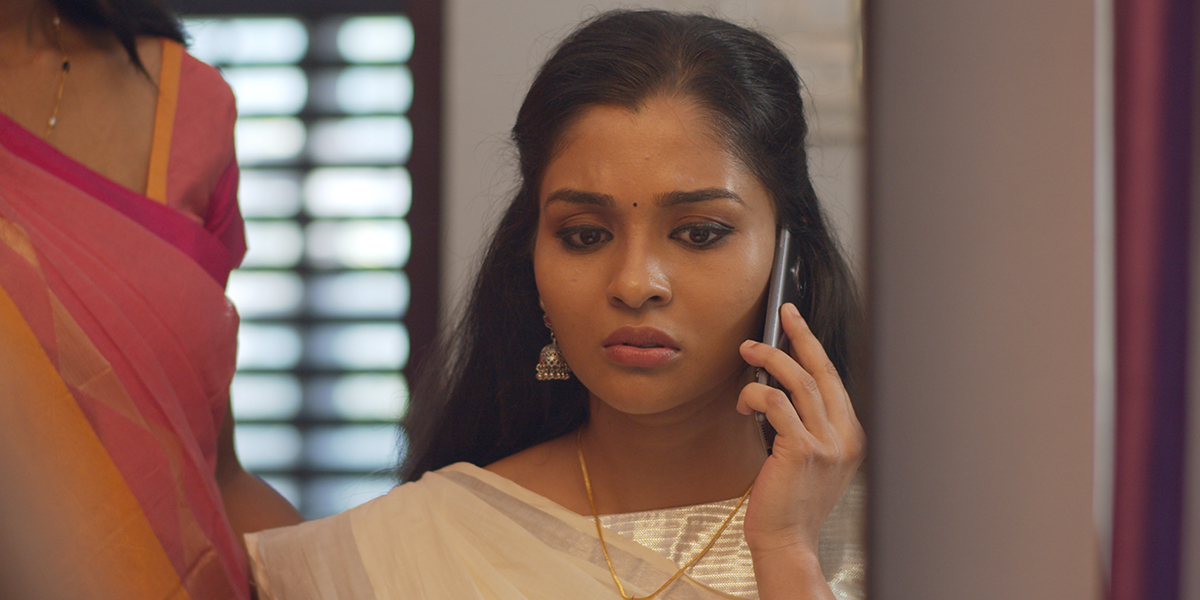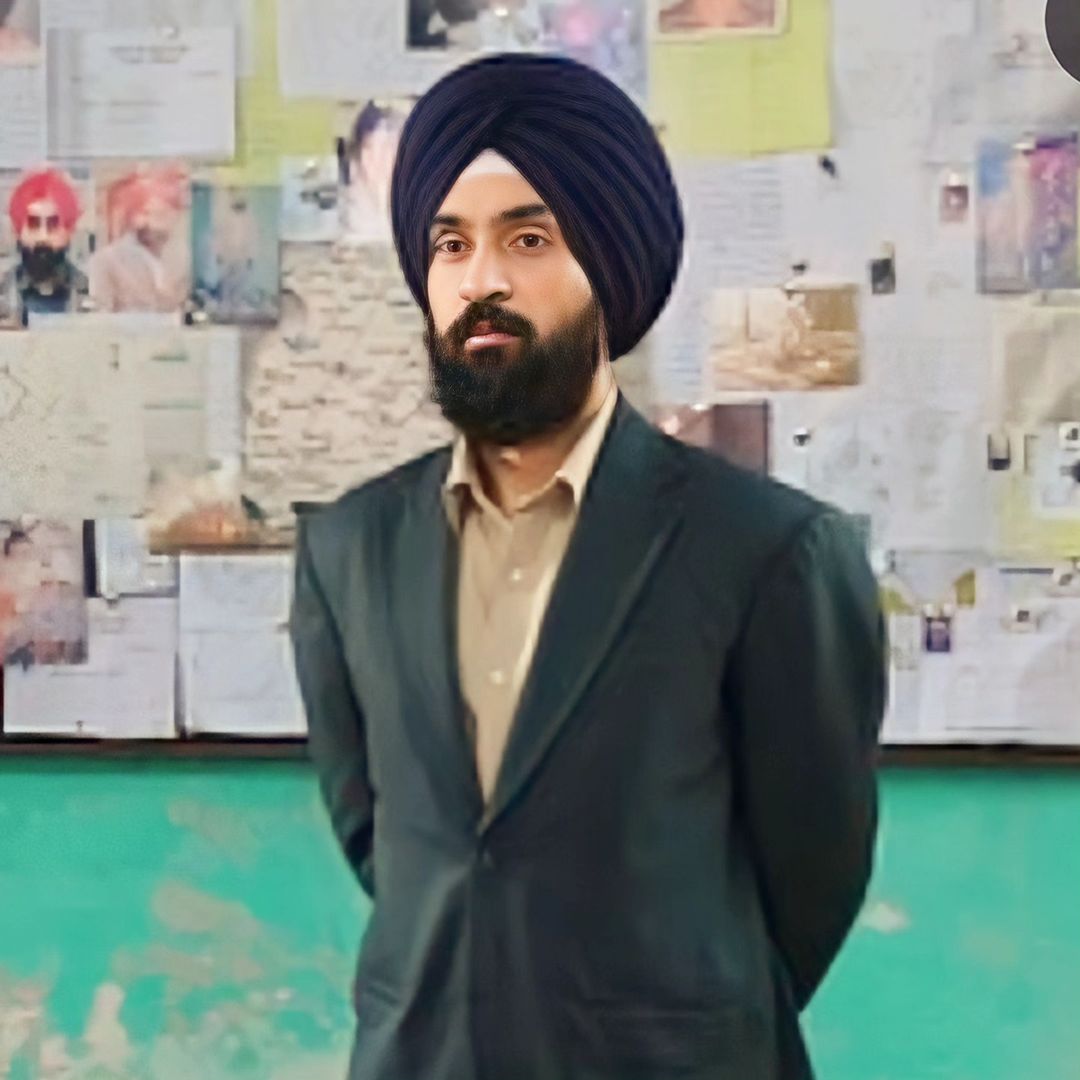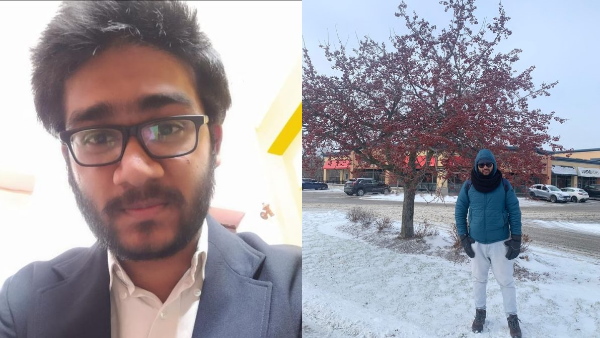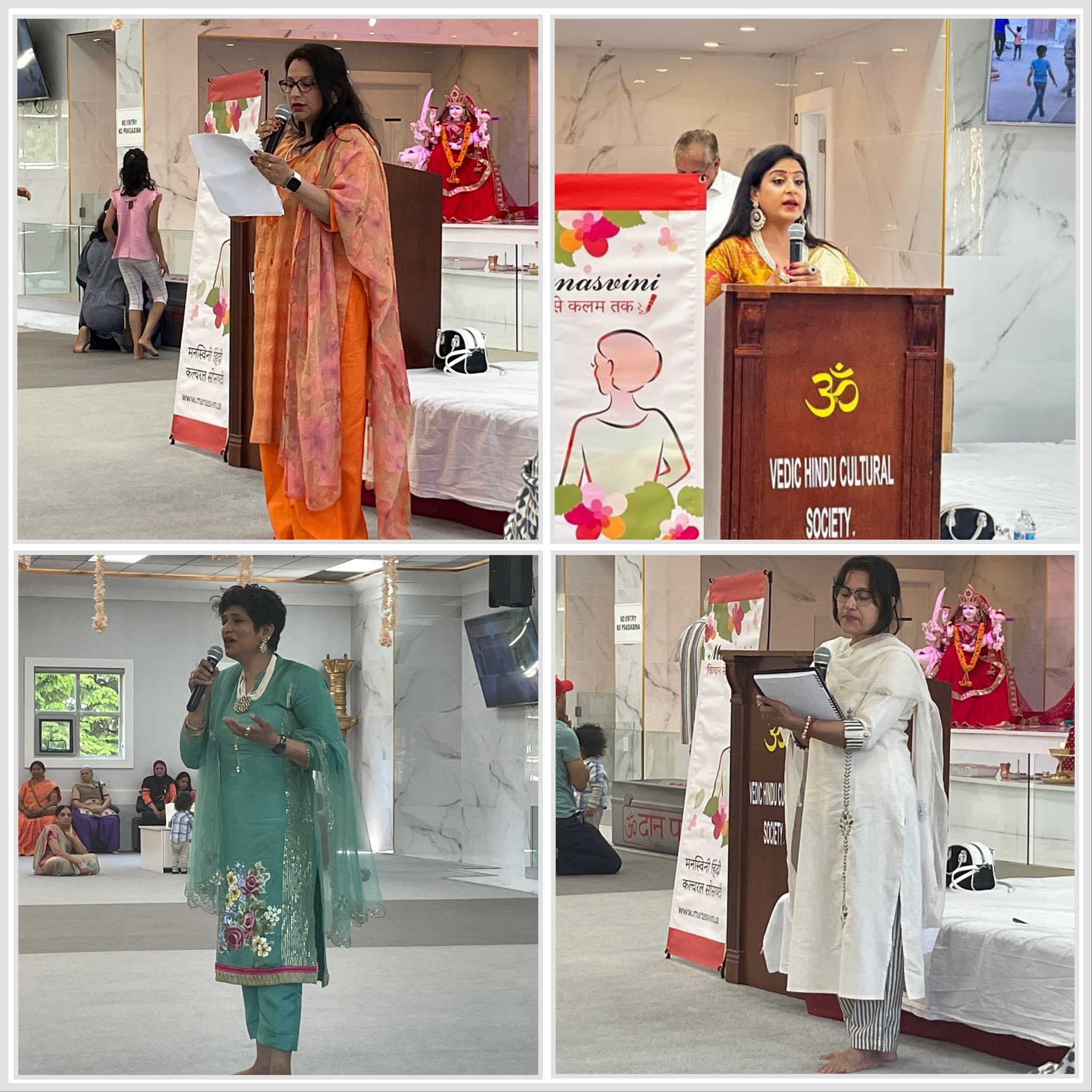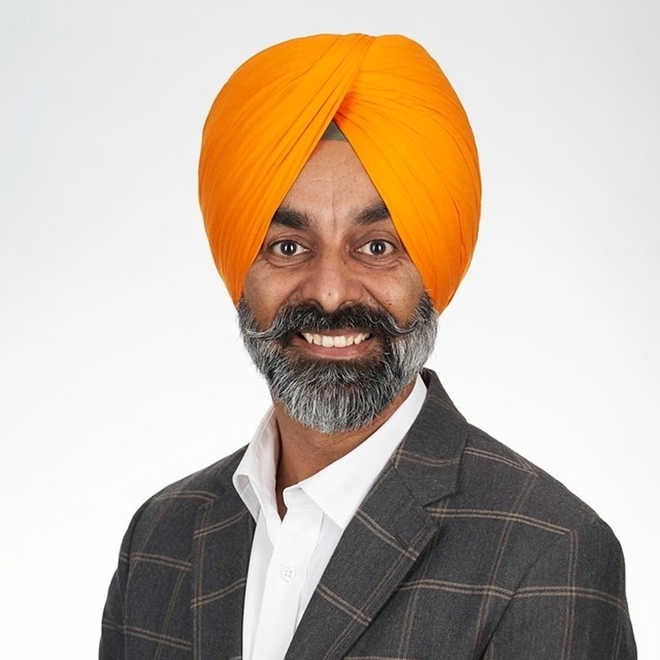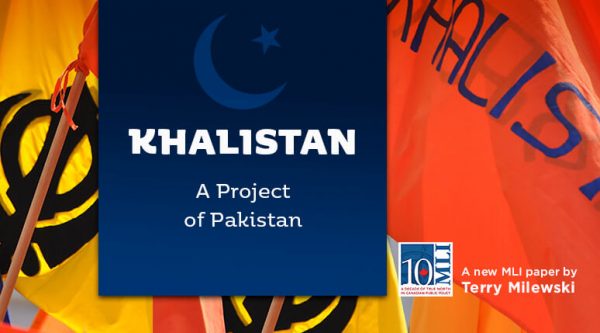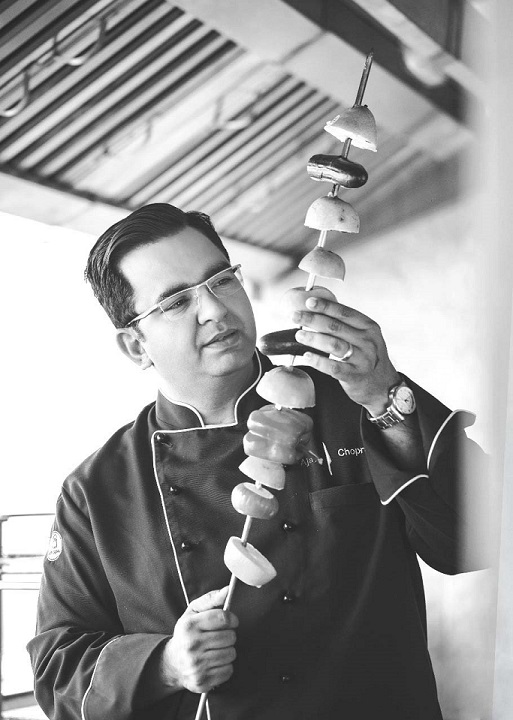Toronto International Film Festival
Renu Mehta
Toronto
Nithin Lukos is the director of the film Paka (River of Blood) that debuted at the recent Toronto International Film Festival (TIFF) held from September 9 to 18, 2021. The film, produced by Anurag Kashyap and Raj Rachakonda, had its world premiere at the 46th edition of TIFF and is an emotionally driven story of two feuding families that live in Wayanad, North Kerala. A river through the village holds the dark secrets of their dissension while a young couple from the opposing families attempts to heal the wounds with their love story.
The film was inspired by the stories told to Lukos by his 85-year old grandmother who he says is an excellent story teller, narrating the tales from the past that went on to influence the filmmaker to create his first feature.
“I had a fantastic team,” says Lukose who completed the film with mostly first time actors and crew in 30 days. “Raj and I showed the first cut to Anurag Kashyap and he was really positive about it and thought there was potential. Anurag knew this was very personal cinema and he wanted to support filmmakers who make such films. He also suggested many edit changes. After the second cut, we cut down the film from almost 2 hours and to 1:40 hours. Anurag really helped us and later came on as a producer.”
In a phone interview from India with Renu Mehta, debut filmmaker Lukose, an FTII graduate and the sound designer of Thithi and Sandeep Aur Pinky Faraar speaks about the film, the title and the journey of the film from concept to completion.
Q What inspired the film? How much of the story is based on true events?
My grandmother is a great story teller; she would tell me stories about dead bodies and the feuds. Most of the stories were to do with people’s struggle and survival and how they became violent after fighting their fate, may be. And the communist Naxalism movement was also taking place in Kerala. I was influenced by many things and many are based on true events. The river is real, the happenings in the river are real. People used to kill and dump the dead bodies in the river. I was also perhaps influenced by the Mahabharata and Shakespeare too. I was not trying to make a Shakespearean drama, but eventually it happened like that. In the Mahabharata too, this existed – two families fighting each other. The film is a combination of reality and fiction.
Q Did you personally know the families that carried out the rivalry?
Many families had rivalries. This was happening from the 1950s, just after India’s independence, there was migration to this place. Lot of people migrated from South to North for agriculture, for survival. For instance, my grandmother who is 85 years old still remembers lot of incidents that happened, how it was difficult to survive.
The love story is part of the fiction. That is a cinematic thing that I added to the film, but families definitely used to have issues.
Q Were the perpetrators actually caught and did jail time? In the film, you show one person – Uncle Kochappan going to jail
Kochappan’s character is inspired by someone who actually went to jail, but the incident happened some years back. When he came back from jail, the other family was waiting for him and the very next day when he landed, they killed him. This character was influenced by this memory.
People used to kill and dump the bodies. If you dump the bodies with huge rocks, the bodies would not come up. Few murders happened like that, so basically I combined everything to the story. Then I created a fiction around that.
Q The person who plays Jose who fishes the bodies out of the water – is very distinctive. Can you elaborate on his character?
The man Jose who takes out the dead bodies from the river is real. His younger son is my classmate and we studied together in School. I remember him as a young boy retrieving a dead body. My father was a police officer and I remember he was also there but the police or the firefighters don’t want to get into the deeper trenches because they don’t know the river and it can be dangerous. So they used to call these local experts to come and get the bodies. Jose was someone who does that. I also had a distant relative who died and his body was retrieved. These memories were there and I recollected these memories and made it into a film.
Q. What does the title – Paka – mean? Why did you choose this particular title for the film?
Paka means vengeance in Malayalam. That’s how I started. The title Paka came from the Mahabharata, from Ashwathama who got a curse from Lord Krishna that he will wander in the world forever, he will never die. He is like a chiranjeevi (immortal), he will be with humanity for ever. That’s how it was formed as story.
Q How did you decide on the conclusion of the film that implies that the feuding continues?
We had different endings shot for the film. The actual ending was the one in which the killings stopped and it was happy. The ending that we have now was actually a scene in the script, but when we edited, we changed the order. I think the scene towards the end is important because the feuding never ends. When you look at humanity, at Homo sapiens, it is never ending, it goes on for ever. We never stop. And this is still going on in the world in the name of terrorism, violence between countries. Our whole life is like that – fighting against somebody. That’s why the West is prosperous because they don’t want to fight any more because they are done after going through two World Wars. Europe is done with fighting because they lost everything in the wars. But the East is still confused and is trying to figure it out. This was the basic idea that was going on in my mind when I decided on the conclusion because that’s the reality, that’s the truth.
















